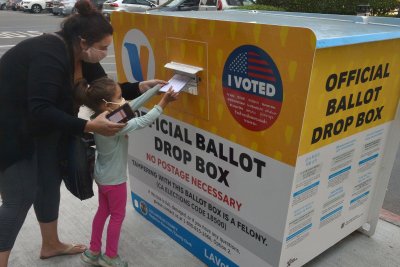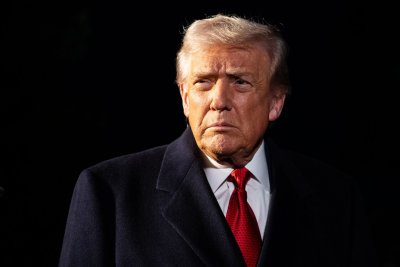U.S. Supreme Court to hear Mississippi’s landmark mail-in ballot case

Nov. 10 (UPI) — The nation’s high court will decide if mail-in ballots need to be submitted by Election Day in a ruling that could affect the 2026 midterm election.
On Monday, the U.S. Supreme Court agreed to weigh in on whether individual states can accept mail-in ballots sent on Election Day, in a bid by Mississippi GOP leaders to overturn a similar state law.
“The stakes are high: ballots cast by — but received after — Election Day can swing close races and change the course of the country,” Mississippi’s Attorney General Lynn Fitch, a Republican, wrote in court documents.
Mississippi election law permits mail-in ballots received after Election Day to be counted.
Around 16 states currently count ballots received after Election Day, according to the National Conference of State Legislatures.
The practice has been targeted by the Republican National Committee. A Mississippi court backed state Republicans in the belief that state statutes preempt federal law.
In addition, Mississippi’s Libertarian Party also joined the lawsuit in opposition to the state’s current practice.
Each state manages its own election process. But federal law states election day is the first Tuesday in November.
Republicans claim that states accepting ballots after Election Day is a contravention of federal law.
“It should await a case where the lower court answers the question presented incorrectly, should one ever arise,” the RNC stated in a court filing.
U.S. President Donald Trump has flip-flopped on the issue of mail-in ballots for years, most recently in opposition as Republicans seek to expand and maintain power ahead of next year’s election, including efforts at mid-cycle redistricting after sweeping nationwide defeats for the GOP in state and local races on Nov. 4.
Meanwhile, oral arguments in the case are expected next year.
A decision could arrive as early as summer 2026, ahead of November’s mid-term elections.


